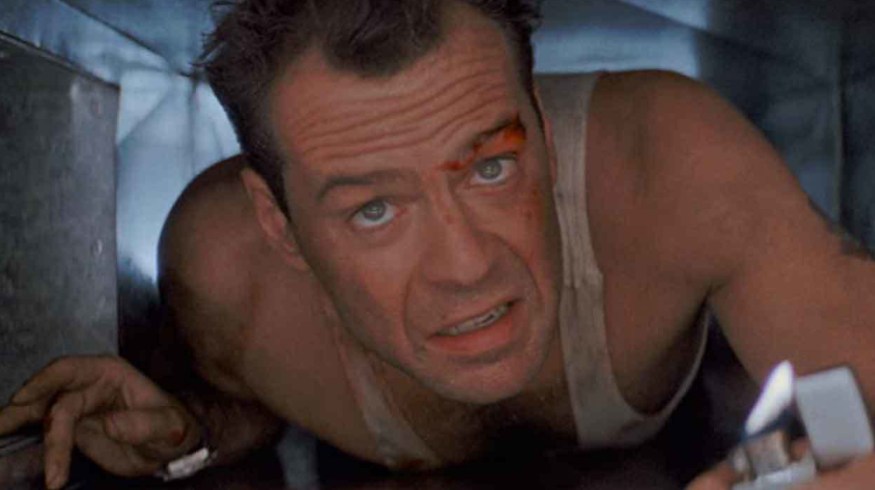
What Makes 80s and 90s Action Movies So Iconic?
From Arnold to Van Damme, a look into how the action movies of the 80s and 90s ultimately built an entire genre.
Although I wasn’t born until the end of the 1980s, I have a soft spot for those over-the-top, cheesy, yet still downright awesome, action movies from the 80s and 90s. And, while I’ve spent years working in film and video, and writing for industry blogs like this one, I’ve still found time to study this specific film genre.
I call the action movies from this era “Ultimate Action” movies. And, since 2017, I’ve been a co-founder and editor of a website dedicated to these ultimate action classics. Fittingly, it’s called the Ultimate Action Movie Club.
Our focus has been on exploring these early genre staples, like Bloodsport, Commando, Die Hard, and First Blood, as well as honoring the mythical stars of the era—Arnold Schwarzenegger, Chuck Norris, Sylvester Stallone, and Jean-Claude Van Damme.
Yet, despite years of study, it’s still hard to answer the question as to why these particular movies, and this specific time period, still resonate so ultimately for myself and so many other action fans.
However, I do believe that by taking an in-depth examination of such a niche corner of cinema, it can actually teach you a lot about the industry. Plus, you’ll unlock the core secrets of what makes these genre action movies in particular work.
A New Genre Emerges
Undoubtedly, “action” has always been a part of cinema. From the first moving pictures, filmmakers have tried to capture elements of excitement, action, and adventure. The Great Train Robbery is a perfect example of an early film with many action elements, including innovative camera techniques and pans, exotic shooting locations, and sequences with robberies, violence, and stunts.
However, for many decades, these action elements would simply be contained within other standard genre films. For example, The Great Train Robbery would more accurately be described as one of the first genre western films, a genre which enjoyed enormous early success at the box office and would be a staple of cinema well into the 1970s.
It wasn’t until this new era in the 1980s developed that we saw the first experiments into these purely action movies, with some of the earliest Ultimate Action examples including Stallone’s First Blood and Chuck Norris’ Lone Wolf McQuade.
I like to trace these earliest Ultimate Action movies directly from their predecessors, like westerns, thrillers, and disaster films in the 1960s, with films like Dr. No and Bullitt, and 70s films like Death Wish, Dirty Harry, and the original Mad Max.
Establishing Characters and Tropes
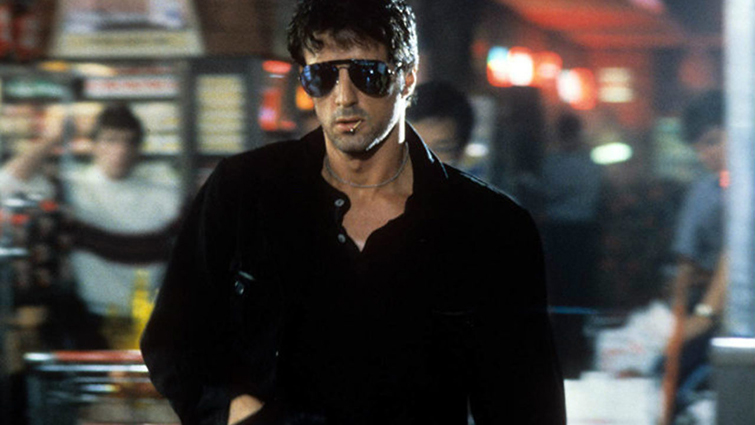
Eventually, though, Hollywood caught on to the commercial possibilities of these action pictures and, by the mid-80s, the genre was primed to explore. From roughly 1982 well into the late 1990s, action movies would dominate the box office with larger-than-life stars and major film franchises, including Schwarzenegger’s Terminator franchise, Stallone’s Rocky and Rambo, and Bruce Willis’ Die Hard flicks.
These 80s-era action movies would quickly cement many of the mainstay characters and tropes we still find in both sincere and parody adaptations today. Iconic leading man characters—the lone wolf cop, the comedic sidekick, the angry police chief, and the menacing bad guy—would become the norm for these action movies.
We’d also see many of the genre’s style, looks, and tropes develop quickly over the years, including the iconic aviator, leather jackets and blue jeans, boilerplate revenge and terrorist plots, souped-up cars, trucks, and motorcycles, and the hero’s general disdain for lawlessness.
Over the Top Stars and Stunts
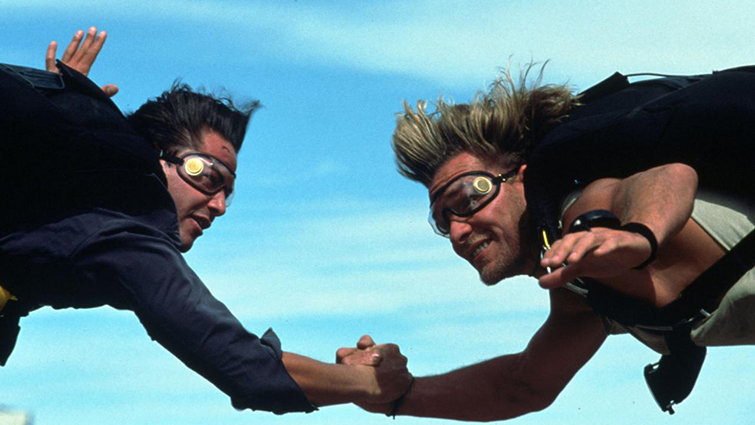
However, what really made these 80s and 90s action movies successful and stand out were their over-the-top performances and high-flying, explosive stunts. Iconic filmmakers like James Cameron, John McTiernan, John Woo, Kathryn Bigelow, and F. Gary Gray would hone their action direction skills in the 80s and 90s by experimenting with new and innovative ways to make their films bigger, louder, and more explosive.
Fight sequences, car chases, and stunt work would all evolve and advance from occasional set pieces into major plot points throughout the film. And, while there would still be everyman characters put into dangerous situations, action stars would be required to become martial arts experts—able to punch, kick, and shoot on command.
From a filmmaking perspective, these fights and stunt sequences are a true hallmark of the genre which can actually be quite replicable in film and video projects of your own. And, while safety should always be your first concern, with proper precaution, plenty of planning, and some simple camera tricks, you can actually shoot some impressive action scenes with minimal budget and resources. Here are some helpful articles:
- Production Tip: How to Edit a Fight Scene for Rhythm and Pacing
- 6 Tutorials for Filming Realistic Fight Scenes
- Directing Fight Cinematography: The Right Way and the Wrong Way
- Filmmaking Tips: The Ins and Outs of Fight Scene Choreography
- 5 Tips and Resources for Creating Realistic Battle Scenes
Action Feeds into Mainstream Culture
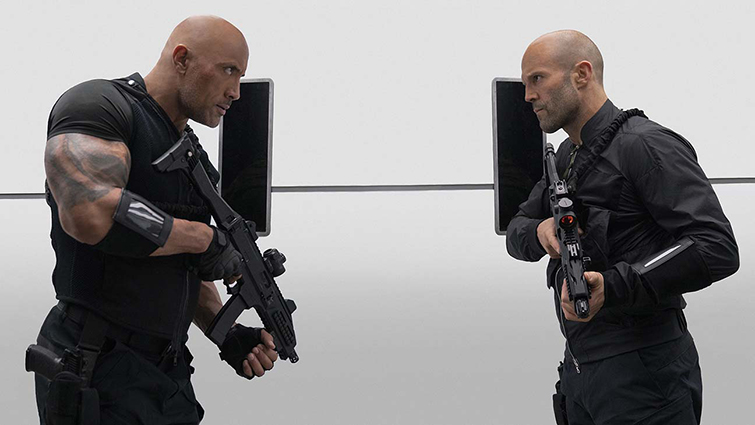
Once action movies became a dominant box office force in the 80s and 90s, these outlandish action franchises really would change how we perceive cinema and the overall blockbuster movie experience. Nowadays, every big-budget movie is expected to have enormous explosions and dangerous stunts, but that wasn’t always the case.
In many ways, these big-budget action blockbusters changed audience expectations almost immediately, and the traces of the films from this era can still be found in blockbuster cinema today. While we don’t have the exact same genre action movies today, we do still have major action franchises like The Avengers, Star Wars, Fast & Furious, and Justice League, high-concept blockbusters that combine genre elements like drama, comedy, and sci-fi with so many elements of action.
The Future of Classic Action
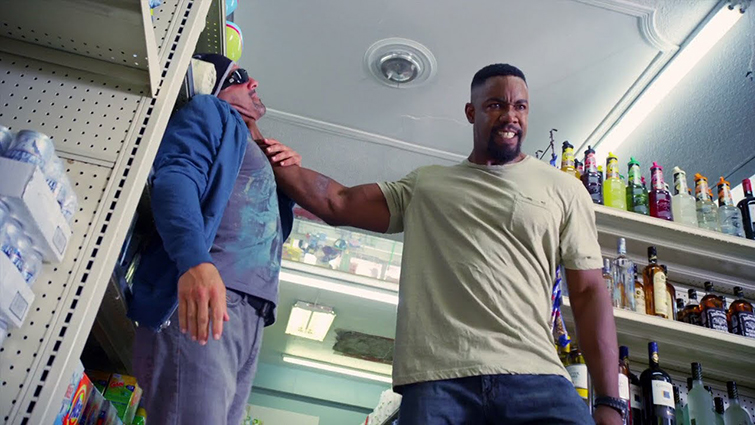
But, for filmmakers, what do we really expect to learn from these 80s and 90s action classics as a way to look into the future of action cinema? My personal biggest takeaway is that, once introduced, action movies will forever be a dominant genre for people to enjoy for the visceral elements like explosions, stunts, and fights.
And, while big-budget action movies have either dried up or simply been replaced with sci-fi genre and superhero films, interestingly, the more pure action genre films have moved to the fringes of cinema, operating on smaller budgets and direct-to-video distribution models.
New stars and filmmakers like Scott Adkins, Isaac Florentine, Michael Jai White, and Jesse V. Johnson have found success shooting lower budget and DIY productions. They’ve digitally developed new niches for themselves, making many hardcore genre action films that would’ve been right at home in the 80s and 90s.
Action movies will always be a reflection of the times they were made in, and seen through the lens of giving mainstream audiences what they want. Still, while the characters, costumes, and tropes might change, the major elements of action developed in this 80s and 90s golden era are here to stay.
For more articles with insights into action cinema and filmmaking, check out these articles:
- Genre Insights: 5 Things You Need to Make an Action Movie
- Action Hits Toolkit: 70+ Free Action Compositing Elements
- Why Every Good Action Film Is Actually a Love Story
- Up the Ante in Action Sequels Through Character Development
- Raise the Stakes in Your Action Scenes with a Pulse-Pumping Soundtrack
Cover image from Die Hard via 20th Century Fox.





